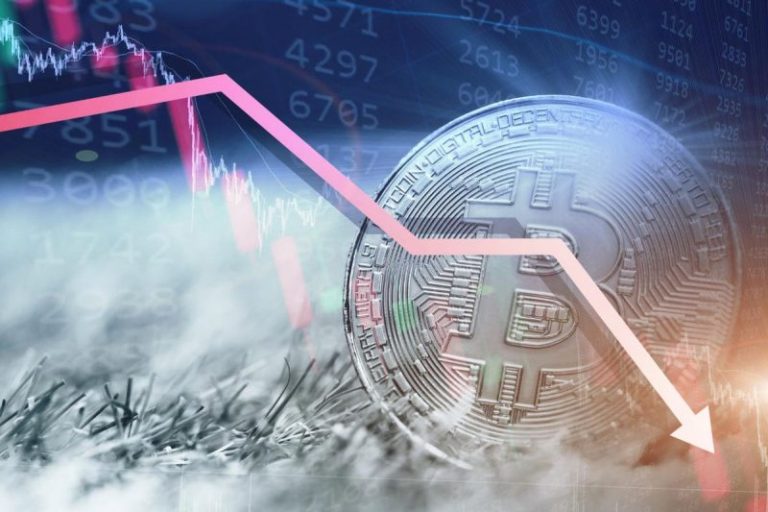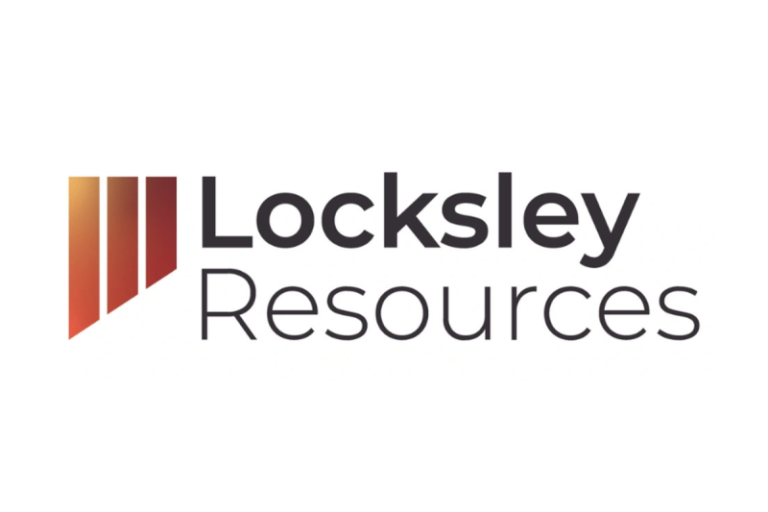Here’s a quick recap of the crypto landscape for Friday (November 21) as of 9:00 p.m. UTC.
Get the latest insights on Bitcoin, Ether and altcoins, along with a round-up of key cryptocurrency market news.
Bitcoin and Ether price update
Bitcoin (BTC) was priced at US$84,479.56, down by 2.4 percent over 24 hours. Its lowest price of the day was US$82,623.93, and its highest was US$85,341.10.
Bitcoin price performance, November 21, 2025.
Chart via TradingView.
Ether (ETH) was at US$2,736.67, down 3.8 percent over 24 hours. Its lowest price on Friday was US$2,685.25 and its highest was US$2,799.63.
Altcoin price update
- XRP (XRP) was priced at US$1.94, down by 3.3 percent over 24 hours. Its lowest price of the period was US$1.89 and its highest was US$1.99.
- Solana (SOL) was trading at US$127.23, down by 4.8 percent over 24 hours. Its lowest price of the day was US$124.20 and its highest was US$129.79.
Fear and Greed Index snapshot
CMC’s Crypto Fear & Greed Index plunged to 11, firmly in “extreme fear” and its lowest level since late 2022. Reports of large-scale whale liquidations have added to the uncertainty, amplifying pressure across an already fragile market.
CMC Crypto Fear and Greed Index, Bitcoin price and Bitcoin volume.
Chart via CoinMarketCap.
Crypto derivatives and market indicators
Open interest in Bitcoin futures declined slightly by 0.98 percent, settling at approximately US$58.67 billion, while Ether futures saw a larger drop of 2.50 percent, closing at US$32.39 billion. This contraction in open interest suggests some unwinding of speculative positions or reduced leverage in the derivatives markets for both leading cryptocurrencies.
Bitcoin experienced US$30.48 million in contracts being liquidated, predominantly short positions, whereas Ether had a slightly higher US$32.43 million liquidated, also mostly shorts. This contrasts with recent days, where the vast majority of liquidations were long positions, indicating a shift in market dynamics and trader positioning.
Bitcoin’s relative strength index was low at 31.32, signaling that it is nearing oversold territory, which can often precede a price rebound or a period of consolidation. Its funding rate was recorded at a modestly positive 0.003 percent, indicating a nearly balanced market where long traders pay a small premium to shorts, reflecting moderate bullish sentiment or mild cost for holding long perpetual contracts.
Ether’s funding rate was higher at 0.01 percent, suggesting stronger bullish positioning and higher demand for long exposure in Ether perpetual futures. Generally, positive funding rates imply that longs are paying shorts, signaling optimism about price appreciation. However, considering liquidations skewed toward shorts recently, this could reflect traders attempting to position for a reversal or hedging against potential volatility.
Today’s crypto news to know
Anchorage expands institutional custody and staking support
Anchorage Digital now supports full custody and staking for HYPE tokens across the Hyperliquid ecosystem. Institutions can custody HYPE on HyperEVM and stake on HyperCORE through Anchorage Digital Bank, the only federally chartered crypto bank in the US, as well as through Anchorage Digital Singapore and the self-custody wallet Porto.
Partnering with staking provider Figment, Anchorage now offers a regulated pathway for institutional participation in the Hyperliquid DeFi ecosystem. This expansion also includes custody for additional ERC-20 tokens like Kinetiq, enhancing institutional access to Hyperliquid’s fast-growing blockchain infrastructure.
Crypto lawyer seeks New York attorney general seat
Khurram Dara, a 36-year-old cryptocurrency lawyer with experience at Coinbase Global (NASDAQ:COIN) and Bain Capital Crypto, has announced his candidacy for attorney general in the state of New York.
Dara is seeking the Republican nomination to challenge the incumbent Democrat, Letitia James, in the 2026 election. Dara’s campaign focuses on ending what he calls ‘lawfare,’ the use of legal tactics for political gain, reducing regulatory overreach, especially in the crypto sector and fostering a more business-friendly environment in New York.
Dara holds a JD from Columbia Law and is affiliated with the Council on Foreign Relations and crypto advocacy groups. He resides in Brooklyn and will face Republican primary competition from Michael Henry.
BitMine reports strong earnings, plans Ether staking launch
BitMine Immersion Technologies (NYSEAMERICAN:BMNR) announced net income of US$328.2 million for its 2025 fiscal year, with fully diluted earnings per share of US$13.39.
The company also declared an annual dividend of US$0.01 per share, becoming the first large-cap crypto firm to pay a dividend. Notably, BitMine announced plans to launch its ‘Made-in-America Validator Network,’ an Ethereum staking infrastructure, in early 2026 with initial pilot partners selected for testing.
Coinbase rolls out Ether-backed loans
Coinbase has launched a new lending feature for eligible US users.
They will be able borrow up to US$1 million in USDC by using Ether as collateral. The product is integrated with the Morpho protocol on Base, though users interact with it entirely through Coinbase’s interface. Borrowers keep exposure to Ether’s price movements while accessing liquidity without having to sell their holdings.
The service is available across most US states, with the exception of New York due to regulatory requirements.
Securities Disclosure: I, Giann Liguid, hold no direct investment interest in any company mentioned in this article.
Securities Disclosure: I, Meagen Seatter, hold no direct investment interest in any company mentioned in this article.










